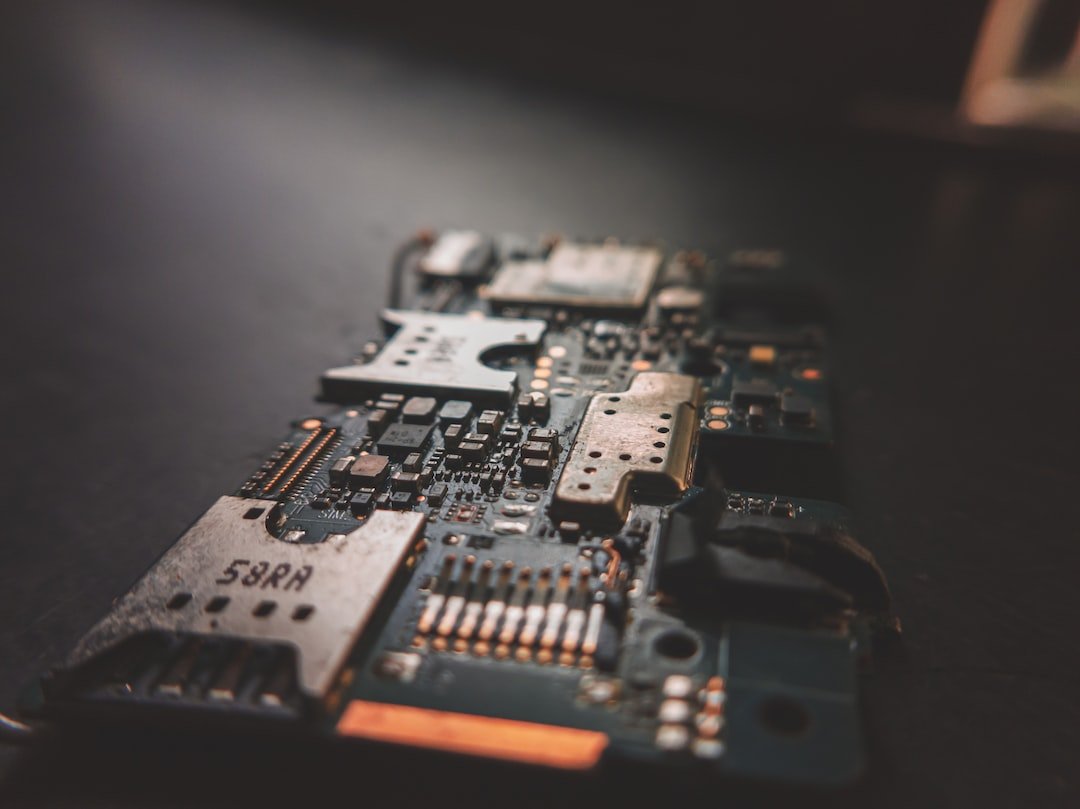The Future of Wearable Technology and its Potential Applications
Technology has been evolving at an unprecedented pace over the last few decades. From personal computers to smartphones, we have witnessed the transformative power of technology in our daily lives. One of the latest trends in technological advancements is the emergence of wearable technology. Wearables are devices that can be worn on the body, often on the wrist or as glasses, and are equipped with sensors, microchips, and wireless connectivity capabilities. These devices have the potential to revolutionize various industries and enhance our lives in ways we never thought possible.
One of the most well-known examples of wearable technology is the smartwatch. Initially, these devices were primarily used for fitness tracking, but they have evolved to become much more than that. Today, smartwatches are capable of monitoring our heart rate, tracking our sleep patterns, and even making contactless payments. They have become an essential tool for many people, allowing them to stay connected and informed at all times.
However, the potential applications of wearable technology extend far beyond smartwatches. In the healthcare industry, wearables can play a critical role in monitoring patients remotely and providing real-time feedback to doctors. For instance, a wearable device can monitor blood sugar levels in diabetic patients and send alerts to both the patient and their healthcare provider in case of abnormal readings. This not only improves the quality of care but also reduces the need for frequent check-ups, saving time and money for both patients and doctors.
In the field of sports and fitness, wearable technology has already made significant strides. Athletes can now wear devices that track their performance metrics, such as heart rate, distance covered, and calories burned. This information can be invaluable in helping athletes optimize their training routines and prevent injuries. Additionally, wearables can enhance the spectator experience by providing real-time statistics during sporting events, allowing fans to immerse themselves even further in the game.
Another industry that can benefit from wearable technology is education. Imagine students wearing smart glasses that provide additional information and visuals during a lecture. These devices could revolutionize the way we learn, making education more interactive and engaging. Students could also benefit from personalized feedback and suggestions based on their learning patterns, helping them achieve their full potential.
Furthermore, wearable technology can have a significant impact on workplace safety. For instance, construction workers can wear a device that detects dangerous gases or alerts them if they exceed safe levels of physical exertion. These devices can help reduce accidents and injuries, making the workplace safer for everyone.
However, as with any technological advancement, there are also challenges and concerns associated with wearable technology. Privacy and security issues, for example, need to be carefully addressed to prevent any misuse of personal data collected by these devices. Additionally, the design and comfort of wearables need to be improved to ensure widespread adoption and acceptance among users.
In conclusion, wearable technology has immense potential to reshape our lives and industries in ways we cannot yet fully comprehend. From healthcare to sports, education to workplace safety, these devices have the power to enhance our experiences and improve our well-being. As technology continues to advance, we can only expect wearables to become even more integrated into our daily lives. The future of wearable technology holds endless possibilities and promises an exciting and transformative journey ahead.

